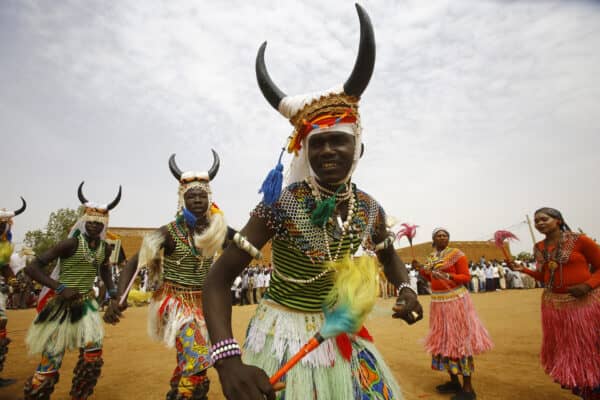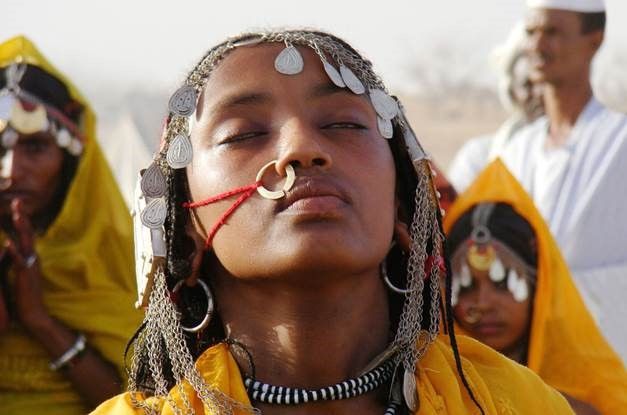
Cultural Diversity in Sudan: Promotion of Peace and Development
Sudanese Music Shares Similarities with Other East African Countries Due to the Identical Nature of Their Musical Scales

Haffiya Abdalla
The issue of cultural diversity has been in recent years at the heart of local, regional and international debates relating to peace, development, democratization process, human rights, and citizenship. This has further been heightened by the current globalization processes which have to a great extent removed the barriers separating the local and the international through the advancement of science, communication, and transport technology, and the massive, world economic and political transformations.
There are 19 major ethnic groups and over 597 ethnic subgroups speaking more than 100 languages and dialects. These multifaceted ethnic divisions make Sudan a very diverse country, with each ethnic group having a unique culture of its own and lifestyle.

Recently, the National Museum in Khartoum was transformed into a “mini Sudan”, where more than 30 bands belonging to different Sudanese ethnicities performed at the “People’s Music” festival, which aimed to transform the rich ethnic diversity that Sudan enjoys into a tool for peaceful coexistence instead. From the fighting that drained 6 decades of country history.
The ethnic diversity in Sudan remained one of the main reasons that fueled the civil wars, which claimed the lives of more than 4 million people, and the country lost a third of its area.
However, the current atmosphere of peace in the country, following the signing of the peace agreement last October, has begun to bear fruit in transforming that diversity into a tool of cultural and heritage richness that promotes peaceful coexistence, which was strongly demonstrated in the Peoples Music Festival, which found great popular interaction.

The idea of organizing the festival came as a reaction to promoting peaceful coexistence and moving away from the hate speech that prevailed for a long time.
In Sudan, informal discussions are taking place about managing diversity and turning it into a source of strength rather than the ethnic tensions that erupt in some areas that have witnessed civil war for years.
The management of cultural and social diversity in the country is a source of concern for many social and civil movements, and leaders who have volunteered in the diversity movement say that sustainable development in the country is the entrance to the promotion of peaceful coexistence that has been subjected to a series of political interference and security disturbances.

Director-General of the Ministry of Culture and Information, Muhammad Surkati, said that the management of diversity needs to spread education throughout the country, to raise the level of social awareness of the need for coexistence.
He pointed out that the curricula play a role in managing diversity by introducing the languages of the tribes into the curricula of public education.
Naje Taj Al Sir, a Music Expert, said Dance is a part of the regular life of the Sudanese people. They enjoy their music and dance in their ceremonies and special occasions. Much of Sudanese music is influenced by Arabic and Egyptian types and styles. Although the dancing rhythm differs from place to place, the pattern is essentially the same across the country. Sudanese music shares similarities with other East African countries due to the identical nature of their musical scales which is pentatonic, with five notes per octave. Ethiopia for instance has a pentatonic musical note in all Its music and dancing rhythms.

Playing musical instruments and dancing is particularly important for human social development because music making is fun and uses different skills to the ones that most people usually employ on a day-to-day basis. This means that making music is relaxing and can relieve feelings of stress and anxiety. There is now a growing body of research that demonstrates that playing musical instruments is good for you in terms of both improved physical and mental health.




